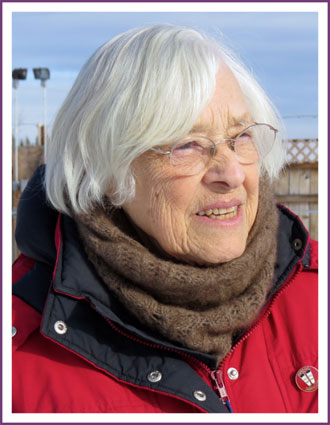ELIZABETH (Fuller) ELSNER, M.D.

• Pediatrician
• Educator
Inducted: 2017
ELIZABETH (Fuller) ELSNER, M.D.
“Alaska is no place for a woman doctor” were among the first words to greet Dr. Elizabeth Elsner when she arrived at her new job at a Fairbanks medical clinic. Her medical career proved him wrong.
Born in 1923, Elizabeth Fuller attended Mt. Holyoke College and Yale School of Medicine. Her thesis work at Sloan Kettering Institute for Cancer Research became an accepted method for treating certain cancers. Though she wanted to become a surgeon, the field was unwelcoming. She instead focused her medical school energy to specialize in pediatrics.
Dr. Elsner and her husband came to Fairbanks in 1953, and she immediately began as the town’s pediatrician. She was one of only two females out of 12 doctors, total, in the entire Territory. She was later responsible for the northern half of Alaska as a public health doctor.
Dr. Elsner was the first practitioner to proactively address children’s health in Alaska’s rural villages and communities. Wherever she went, she set up well-baby clinics to protect children’s health. She facilitated the first statewide immunization and disease screening efforts (e.g. against polio, measles, and tuberculosis). Alaska became the first state fully immunized against polio. She trained nurses to continue statewide rural health initiatives.
At the Fairbanks Regional Public Health Center she initiated well-child exams, health education, immunizations and disease screening. The center’s public health nurses still provide these key services to all of Interior Alaska.
In the 1970s and 80’s, Elsner had multiple assignments at the University of Alaska in Fairbanks. She served as campus doctor, taught nurses to provide better health care in the villages, and instructed medical students under the WAMI program.
When her work was done, it was clear that Alaska was exactly the right place for a woman doctor.
View Extended Bio